As the saying goes, the only martial arts in the world that cannot be defeated is speed. The same principle applies to the animal kingdom. When hunting prey, fast and accurate strikes are crucial. Did you know that there are some animals with the fastest attack speeds in the world? Today I will introduce to you five of the fastest attacking animals: big-toothed raptor ants, mantis shrimps, water bugs, chameleons and slender-scale Taipan snakes. Next, let’s take a look at the attack speeds of various animals.

According to the latest scientific research, the giant-toothed raptor ant is one of the fastest attacking animals on earth. Research has found that the giant-toothed ant can close its mouth and bite its prey in just 0.13 milliseconds, which is a full 2,300 times faster than a human can blink.
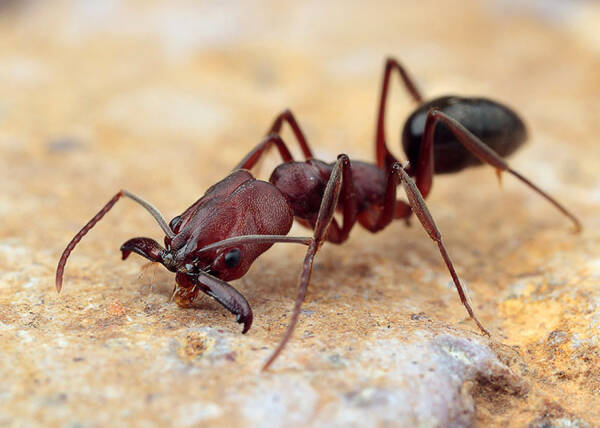
Not only that, the bite force of the big-toothed ant is also very powerful. Although they weigh only 12.1 to 14.9 milligrams, the bite force of their upper and lower jaws can reach 300 times their body weight each time they bite. In order to vividly describe the bite speed and force of the big-toothed ant, the distance between its upper and lower jaws and the closing speed can be compared to 125 to 233 kilometers per hour. This speed is astonishing.
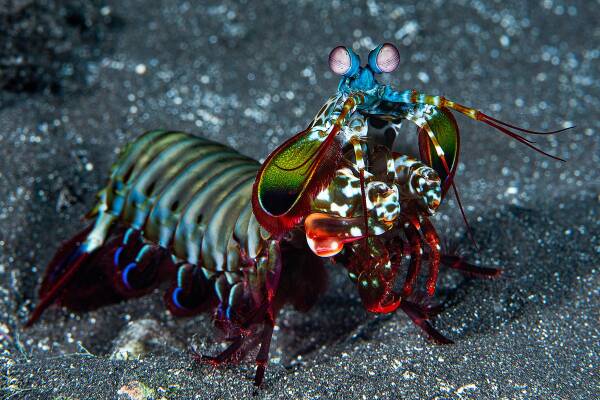
Mantis shrimp is what we usually call a kind of shrimp among marine creatures. This intelligent animal has a pair of powerful pincers that are so powerful when launching an attack that they can break glass and even clip off a person's fingers. Some species of mantis shrimp have a pair of "hammers" hidden under their bodies that can carry out surprise attacks at speeds of up to 60 kilometers per hour. When the mantis shrimp attacks, it only takes 0.001 seconds to eject the hammer, and the impact of the ejection can reach up to 60 kilograms.
These special abilities give the mantis shrimp amazing attack power. When hunting, they can use their rapidly ejecting hammers to capture prey accurately and even produce great impact. This high-speed attack ability makes the mantis shrimp one of the top predators in the ocean.
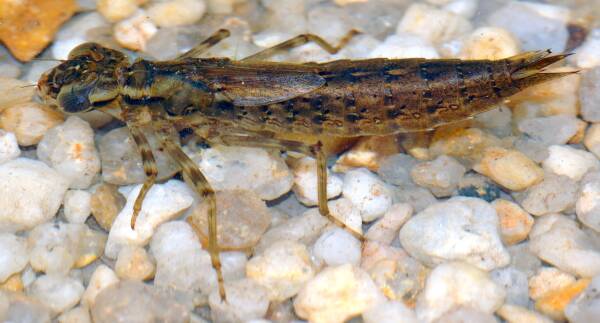
The larvae of the dragonfly, also known as the waterhopper, are one of the fastest-attacking creatures. They are able to capture prey as soon as it appears, in just three-hundredths of a second.
The length of the juvenile stage of waterhoppers varies depending on the species, and can be roughly divided into three categories: short, medium, and long. The short-term water hyacinth is about 2 to 3 months, the common species is about 1 to 3 years, and the longest-term water hyacinth takes 7 to 8 years to fully mature. During this period, the waterhopper needs to molt 8 to 14 times before finally climbing out of the water and transforming into an adult dragonfly.
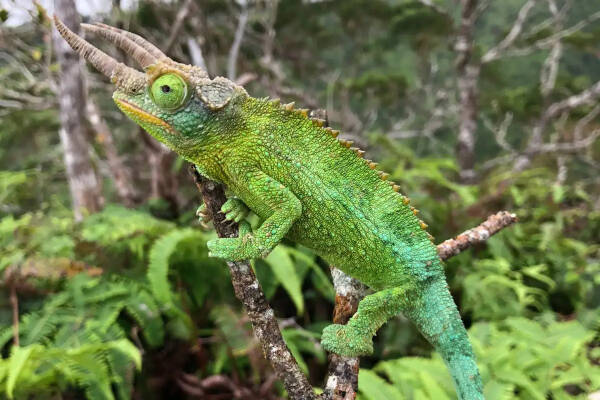
Chameleons use their long tongues to hunt prey. Their tongues have amazing stretch capabilities, being able to lengthen to twice their body length in just 1/125th of a second. This allows the chameleon to capture prey quickly and accurately.

Previous statistical studies on large chameleons with a body length of more than 220 mm have shown that when hunting, the tongue acceleration of chameleons can reach up to 486m/s², which is equivalent to 50 times the acceleration of gravity. Additionally, smaller chameleons hunt prey faster.
The inland taipan, also known as the slender-scaled taipan, is one of the most venomous snake species on land and is also known for its fastest attacks. When the slender Taipan snake is hunting for prey or is disturbed, it will stand upright with the front half of its body in an S-shape. This posture allows it to attack at alarming speeds.

In fact, its attack speed is so fast that it is almost beyond the range of what the human eye can detect. The slender-scaled Taipan snake can complete an attack in one-third of a second. What's even more astonishing is that it doesn't attack just once. Often, before the prey has time to react, the venomous fangs of the slender Taipan snake have bitten two or three times in a row.
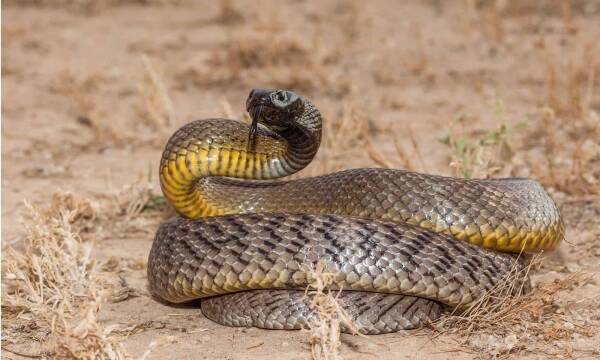
Animal attack skills demonstrate the diversity and adaptability of animals in nature. They have developed incredible evolutionary traits that allow them to survive and thrive in complex and competitive marine environments. For scientists, exploring and studying the special abilities of these animals will help us better understand the wonders of the biological world.
The ranking of the fastest attacking animals in the world is mainly compiled based on relevant websites, and is sorted and recommended based on the time it takes for the relevant animals to complete an attack. The rankings are for reference only. If you have any questions, please leave comments/criticisms at the end. Correction.
animal tags:
We created this article in conjunction with AI technology, then made sure it was fact-checked and edited by a Animals Top editor.